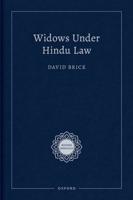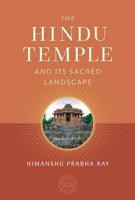Publisher's Synopsis
Excerpt from Manava Dharma-Sastra, the Code of Manu: Original Sanskrit Text; Critically Edited According to the Standard Sanskrit Commentaries, With Critical Notes
Leaving aside M, as being useless for practical purposes, we may divide the remaining eight ms. Into two classes, M), M2, and MO being the principal representatives of the earlier and better class of the two. Both M) and M9 belong distinctly to Western India, and M), accord ing te Haughton's probable conjecture, seems to come from the same part of India. M35, M3 and M.7 may be grouped together as consti tuting the other or Benares class. The close connexion, in particular, between LL? And M.' in its original shape, minus the corrections, is quite unmistakable. The relative position of'm.9 is uncertain, but its readings agree more frequently with those of the first class than with those peculiar to the Benares group. As regards M3, on the other hand, I cannot concur in the opinion expressed by Sir G. C. Haughtpn, who thinks it must have been copied from ma. There are several indications which point to its original connexion with the Benares class. This entire class of mss., however, has not been used much, the readings of the Western India group having been generally preferred.
About the Publisher
Forgotten Books publishes hundreds of thousands of rare and classic books. Find more at www.forgottenbooks.com
This book is a reproduction of an important historical work. Forgotten Books uses state-of-the-art technology to digitally reconstruct the work, preserving the original format whilst repairing imperfections present in the aged copy. In rare cases, an imperfection in the original, such as a blemish or missing page, may be replicated in our edition. We do, however, repair the vast majority of imperfections successfully; any imperfections that remain are intentionally left to preserve the state of such historical works.

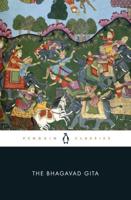
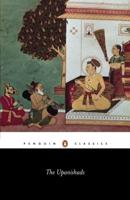
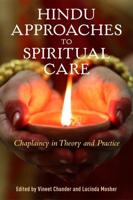
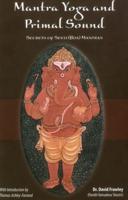
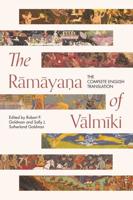
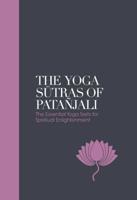
![Bhagavad Gita As It Is [Gujarati Language]](/jacket/200x200/9789382176435.jpg)
